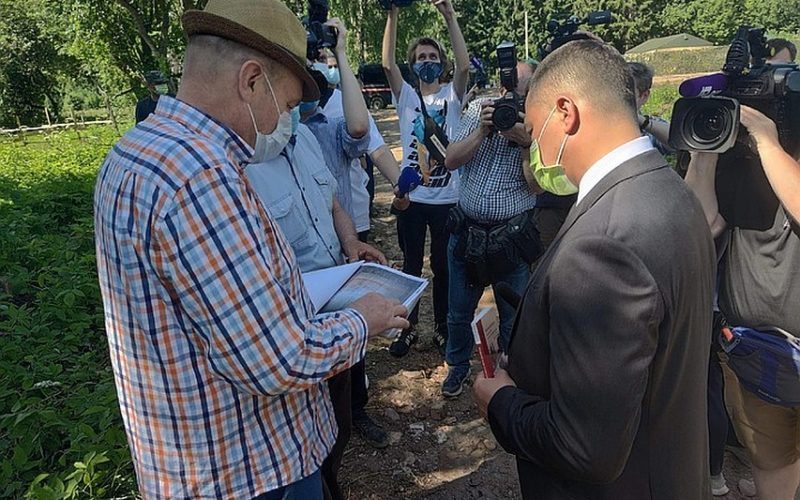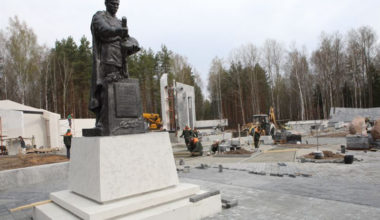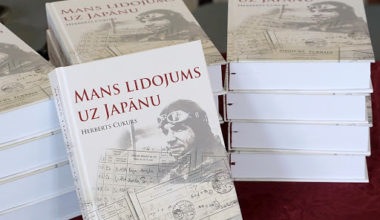There are plans to open the Pskov Region occupation museum, Pskov Governor Mikhail Vedernikov said on June 19, 2020. The official was visiting the excavation site in Moglino where a Nazi concentration camp had been during the war. According to the governor, the proposed location for the new regional museum of occupation was a basement of the house at 3 Lenin Str., the former building of a Gestapo prison.
Yuri Alekseev, director of Historical Accuracy foundation, came up with the initiative. The scholar suggests that the display should be located on Lenin Street, in the building where Estonian security police was housed during the occupation.
Alexander Golushev, the acting head of Pskov-Izborsk Museum and Izborsk, said he was ready to provide the collection of the new museum with different artifacts. “I fully support the idea of creating such a museum in the Pskov Region,” Golushev said, “There are no pages in our history that do not deserve publishing. We have both memoirs and items to exhibit. Everyone has to know what was happening on our land during the war,” he added.
Several days earlier, diggers found a previously unknown mass grave where Moglino concentration camps prisoners were buried. “We came across human remains in a hole after we made a preliminary disclosure of the ground. It took the whole day to unearth them. The remains are in the outskirts of the former camp – 100 meters apart or closer, approximately 70 to 80 centimeters deep. The bones have been well preserved. The remnants are densely packed head to tail. Two persons have been identified so far,” said Anna Shunyayeva, a volunteer from the Unknown Soldier search group.
Located in the vicinity of Pskov, Moglino concentration camp was directly subordinate to the Pskov external department of the Estonian security police and the SD. Scholars believe that around 3,000 people were killed in the camp, including civilians of different age and ethnicity.


